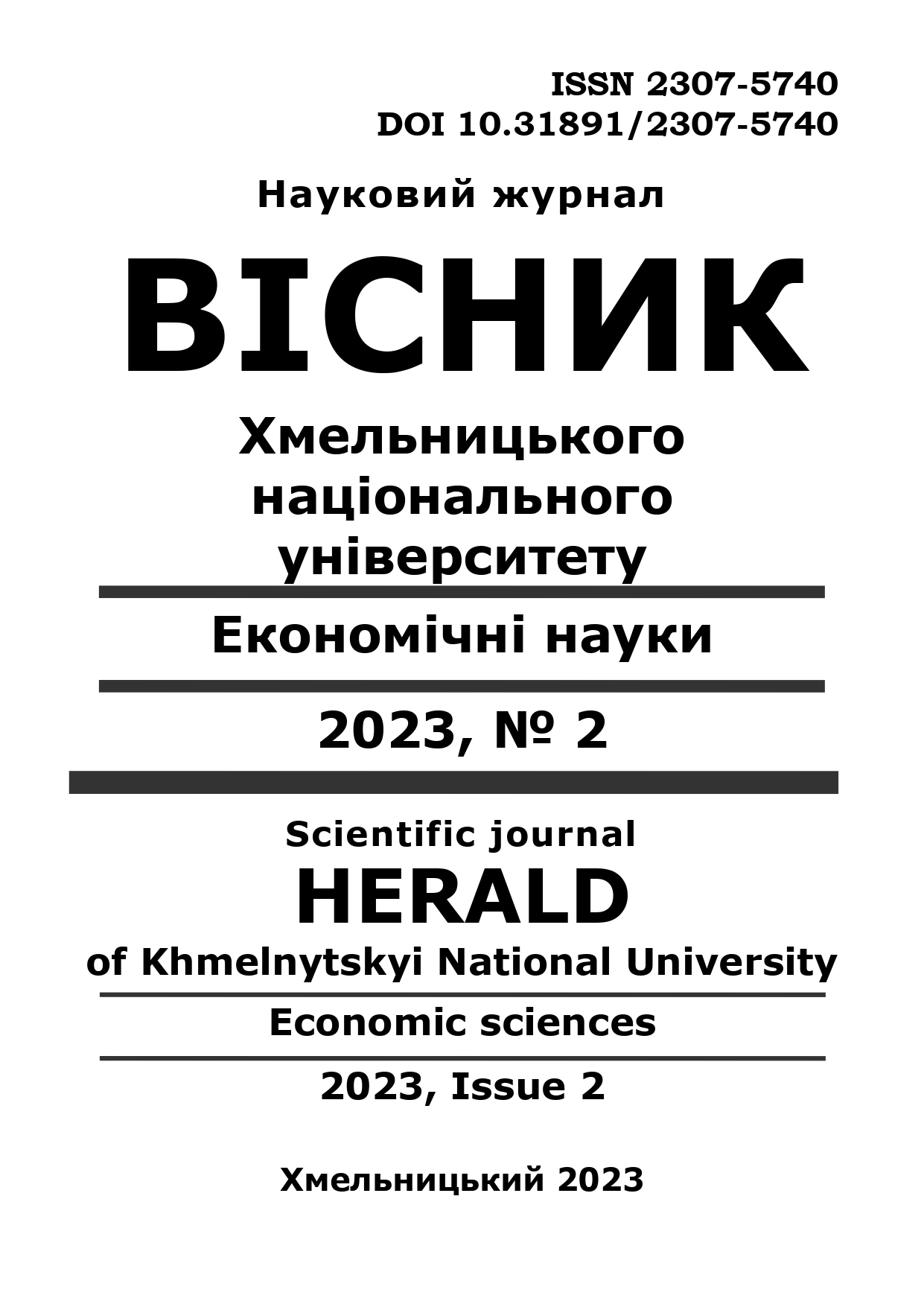LABOR AND PERSONNEL POTENTIAL OF THE ENTERPRISE: INTERCONNECTION OF CATEGORIES
DOI:
https://doi.org/10.31891/2307-5740-2023-316-2-35Keywords:
enterprise personnel, personnel management, personnel, personnel potential, labor potential, personnel labor potentialAbstract
Personnel is a key component of the successful operation of enterprises of any industry sector, and their labor potential is the basis for the implementation of strategic plans and prospects for further development, which causes in-depth attention of both scientists and managers of various levels to the issue of effective personnel management. At the same time, modern domestic scientific opinion contains numerous theoretical inconsistencies in the personnel management issues of the enterprise, which are related to the actual management of the potential of employees, and this does not at all contribute to the development of practical approaches in the management of the potential of the personnel of Ukrainian enterprises. Theoretical substantiation of the relationship and interdependence between labor and personnel potential. The methodological basis of the research is general scientific and special methods of economic theory, and, in particular, methods of theoretical generalization, grouping, and comparative analysis and synthesis. Scientific views on the interpretation of the essence and separation of constituent elements of labor and personnel potentials have been studied. The characteristics of the studied potentials are summarized, with common and separate characteristics being highlighted. The substantive aspects of the concepts of "labour activity" and "personnel" as basic in the context of the study of labor and personnel potential have been studied. The ratio of personnel and labor potential of personnel at the enterprise level is characterized.


